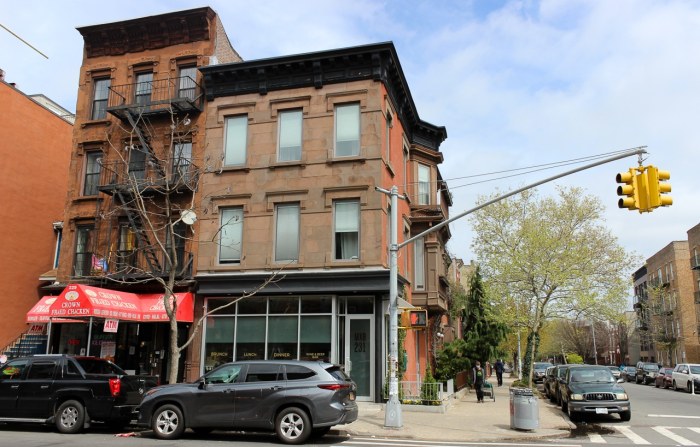
Mayor Bill de Blasio took another embarrassing political hit this week as the latest and most plausible solution yet emerged for the flatlined Long Island College Hospital.
He urgently needs to update his message and strategy.
Here’s what happened. The State University of New York, which owns LICH, and Fortis Property Group have agreed to replace the hospital with housing and with an emergency department and specialty care from NYU Langone Medical Center and Lutheran Health Services.
That’s great news for SUNY and for the residents of Cobble Hill. The community will have emergency care nearby as well as primary care and an array of specialists. It’s bad news for LICH’s former employees, but changing health care economics made this transition necessary.
Yet de Blasio has long aligned himself with local activists and union leaders who wanted nothing less than to preserve the old, full-scale LICH — with several hundred beds and thousands of workers. Their position wasn’t realistic. It kept LICH lingering on SUNY’s respirator for months and unnecessarily cost the state tens of millions of dollars.
Now de Blasio is trying to save face with a shaky claim to victory. His spokesman said that “. . . as a result of the unified advocacy and activism of the community, closure was prevented” and now there’s “a proposal on the table that could provide a wide range of medical services.”
Yet some of his former companions on the ramparts outside LICH are suddenly calling him a sellout.
But in fact Albany and Washington are working to find ways to make our health care system more efficient. Many small neighborhood hospitals, in New York and around the country, will wind up acting as outpatient feeders and emergency rooms for sprawling health care networks that can deliver an improved level of care.
It’s understandable that residents might be upset with these changes. But strong leadership at the top could allay their fears. A better tack for de Blasio would be to explain what’s really happening and why. And, with changes inevitable elsewhere, endorse this plan as a better outcome than the less-than-credible option he had been pushing.

















